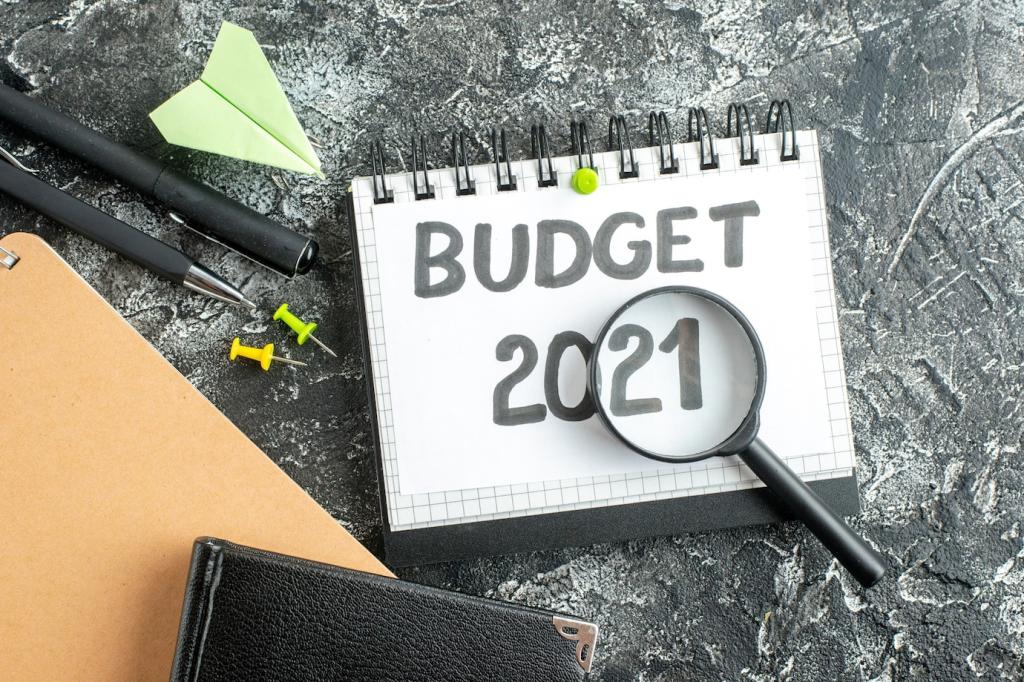Privacy, Security, and Explainability
Collect only what’s essential, store locally when possible, and encrypt in transit and at rest. Rotate keys, segment access, and keep audit logs. Algorithm-based budget solutions thrive when privacy is the default, not an afterthought. Less data exposure means fewer worries and more confidence in the automations guiding your everyday financial decisions.
Privacy, Security, and Explainability
Every recommendation should explain itself: which inputs, which rule, which threshold. Provide readable logs and reasoning summaries. When you understand the why, you’ll trust the what. If you want a sample explainability template, comment below, and we’ll share a lightweight format you can adapt to your own setup.



